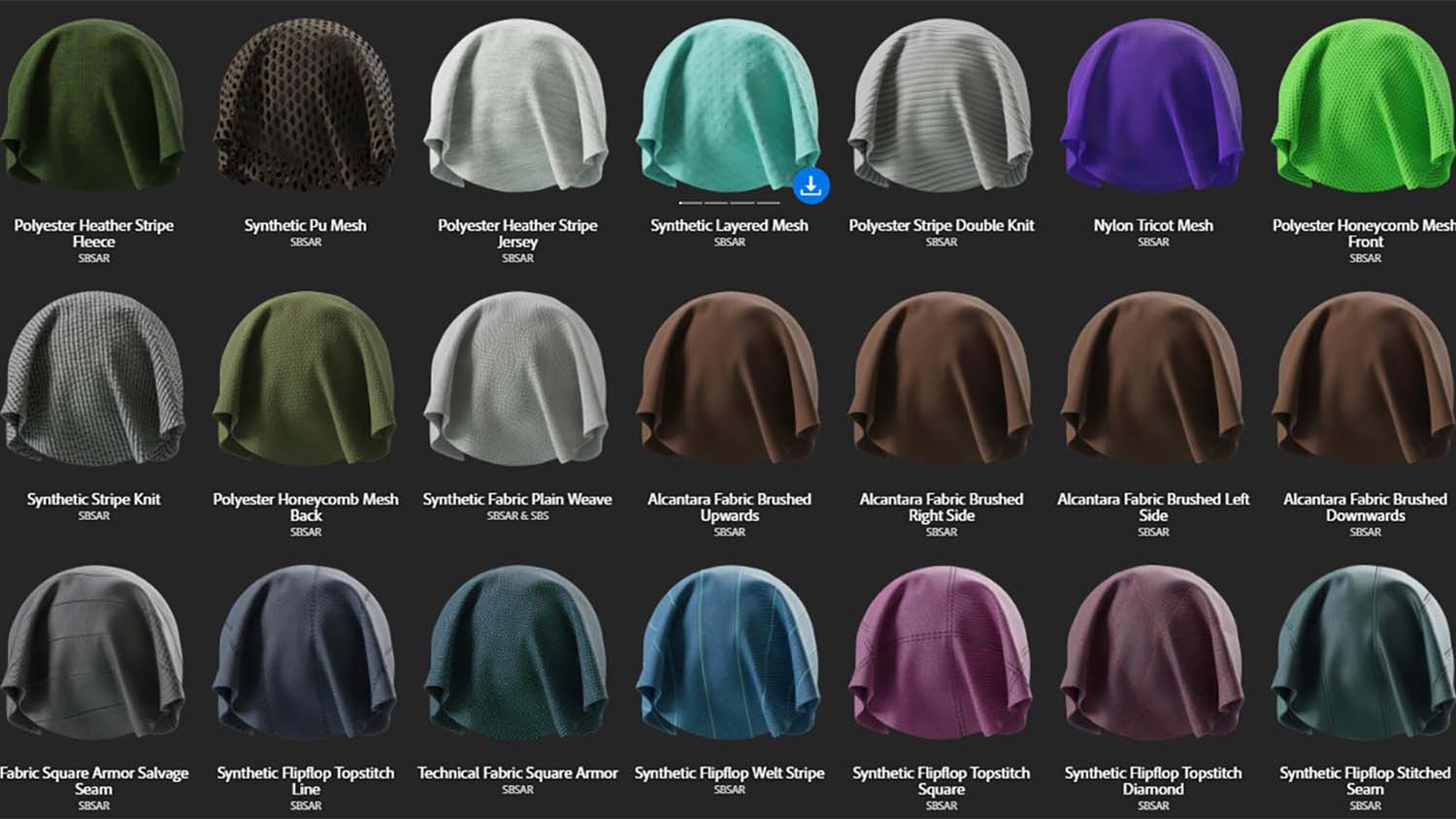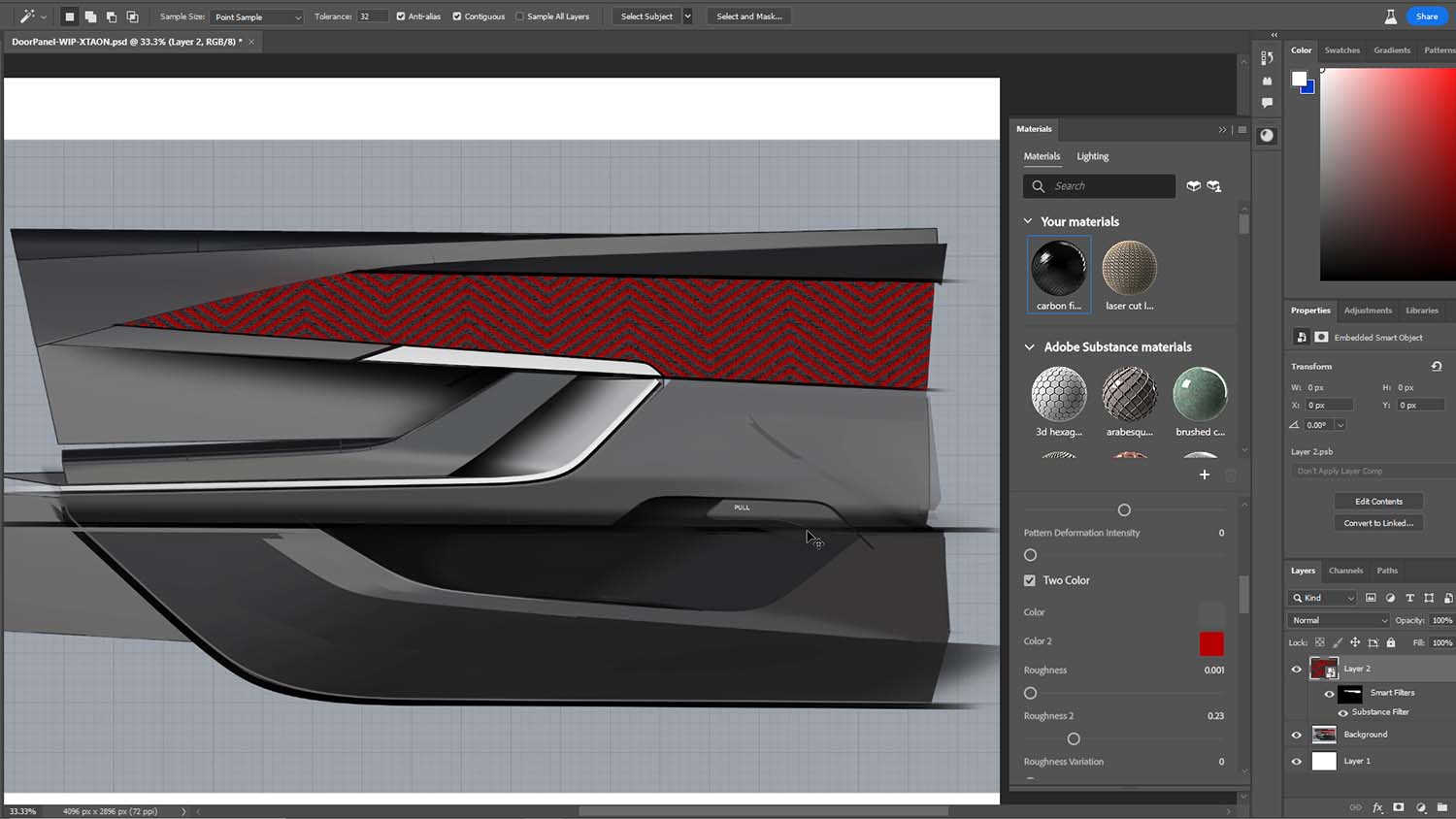Adobe has announced some major updates to Substance 3D, including a new 3D materials SDK for developers, new plug-ins and native Apple M-series chips support for Painter, Designer and Sampler.
Adobe said that the suite of tools and services that support 3D content creation has been updated to expand on the tools’ extensibility and performance.
“Smart brands are getting metaverse-ready by growing their 3D and immersive content creation capabilities. That means that creative artists with expertise in 3D have a wealth of opportunities,” said Adobe chief product officer Scott Belsky, speaking at a customer event in Paris.
“These innovations provide new superpowers to the rapidly growing number of creative people using Substance 3D,” he went on.

Adobe said that the growing importance of 3D and brands preparing for the metaverse and other immersive experiences, has led to rising demand for Substance 3D tools across gaming, entertainment and e-commerce industries.
According to Adobe, Substance tools have seen a strong 100% YoY growth, with now hundreds of thousands of monthly active users.
One of the new features of this update is the native Apple M-series chip support for Substance Painter, Designer and Sampler, which should enable 3D content creators to work faster.
To make the power of Substance materials more accessible, Adobe has also introduced a new Substance 3D materials SDK, which should allow developers to write their own plug-ins and use the Substance 3D Material and Model engines inside other applications.
Another novelty of this version is the Substance Materials Plug-in in Photoshop which should save users time and eliminates numerous steps needed to create texture and design variations and 3D effects.
The latest update to the Substance 3D Plug-in for Unity should enable artists to load, apply and modify Substance parametric materials directly inside the Unity engine.
Expanding capabilities into 3D sculpting workflows, Adobe also announced it will release Substance 3D Modeler to customers later this year.
Modeller looks to introduce an intuitive approach to 3D modelling that frees users from previously complex and technical constraints.
The desktop and VR tool should enable a vast range of creative possibilities, including the creation of concept art, sketching and prototyping, the crafting of detailed characters or props or even sculpting an entire scene.
“The mix of simplicity and raw power of what I can do in Adobe Substance 3D Modeler is staggering. It’s the gold standard for two-handed sculpting,” said Unity principal UX designer Bay Raitt.
“With a set of perfectly chosen controls, Modeler is deceptively simple to use, but as your skills improve it is worthy of deep mastery for even the most dedicated sculpting and world-building tasks.”

Adobe Research has today previewed research projects designed to power future metaverse experiences, which include a new AR and 3D shopping tool in which customers can scan products to access personalised shopping insights, product price comparisons, reviews and product details, and a new AI-powered intelligent method for optimising load time while maintaining visual fidelity for optimal AR customer experiences.
The latter technology, designed to help brands alleviate the common challenges stemming from slow load times on large AR scenes, will be integrated into Adobe Aero later this year.
Adobe said native Apple M-series chips support for Substance Painter, Designer and Sampler and the Substance Materials plug-in for Photoshop are available today.
The Substance 3D Plug-in for Unity should become available later this month, and Substance 3D Modeler, currently in beta, should be made available later this year.
The software company announced that Substance 3D applications will be free to teachers and students worldwide.






